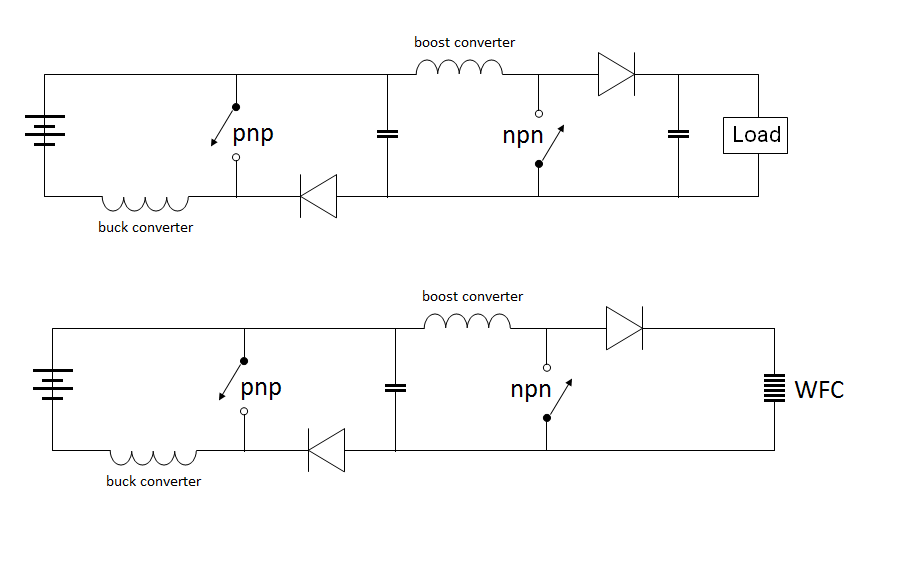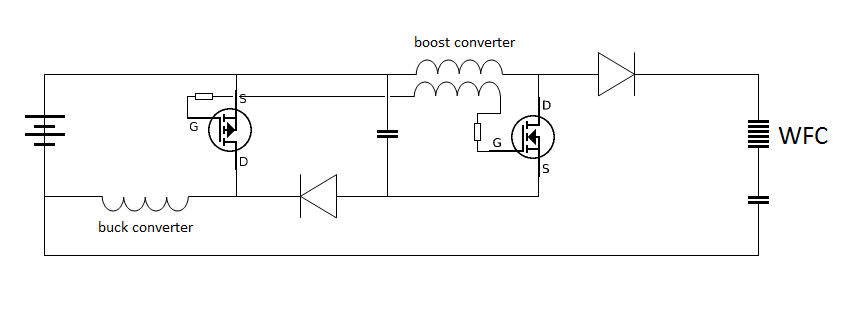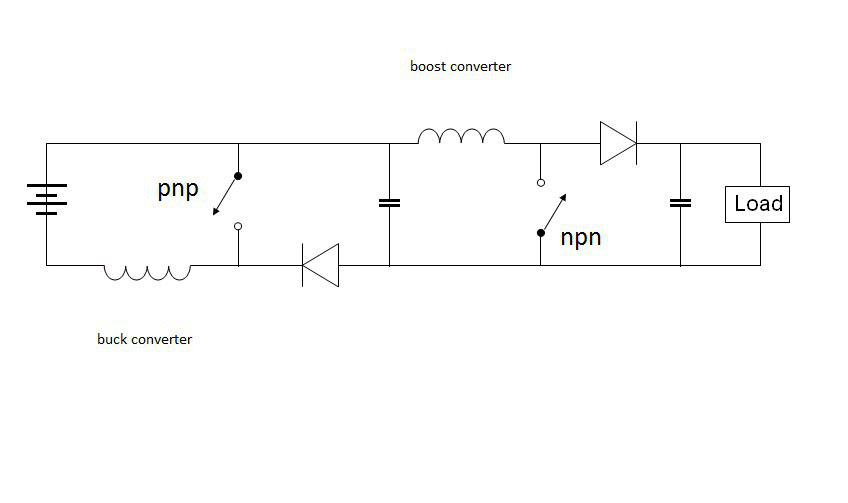Supply Correction Problem
Okay look at the diagram and in this picture the supply does well but if I unhook and move to the battery it is charging I get cap bank voltage (Big no no) so instead I hooked the neg lead to the collector and it now sees 25vdc I just can't figure out why it works "conducts" "THROUGH" the junction.
It all looks good on the waveform, the same every thing so I quess I have got my little problem solved.
See how small of a detail can stop an inexperienced guy like me? And you all thought I was a genius well on paper it looks good anyway.
well on paper it looks good anyway.
I am a beginner From now on I will have to state this almost as a disclaimer.
From now on I will have to state this almost as a disclaimer.
Mikey
Okay look at the diagram and in this picture the supply does well but if I unhook and move to the battery it is charging I get cap bank voltage (Big no no) so instead I hooked the neg lead to the collector and it now sees 25vdc I just can't figure out why it works "conducts" "THROUGH" the junction.
It all looks good on the waveform, the same every thing so I quess I have got my little problem solved.
See how small of a detail can stop an inexperienced guy like me? And you all thought I was a genius
 well on paper it looks good anyway.
well on paper it looks good anyway.I am a beginner
 From now on I will have to state this almost as a disclaimer.
From now on I will have to state this almost as a disclaimer.Mikey









Comment